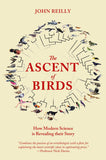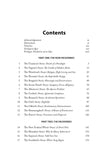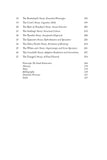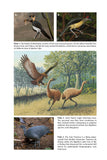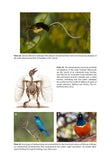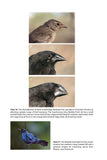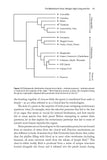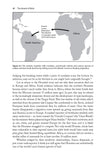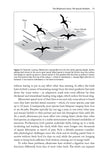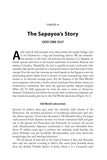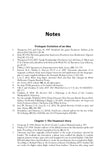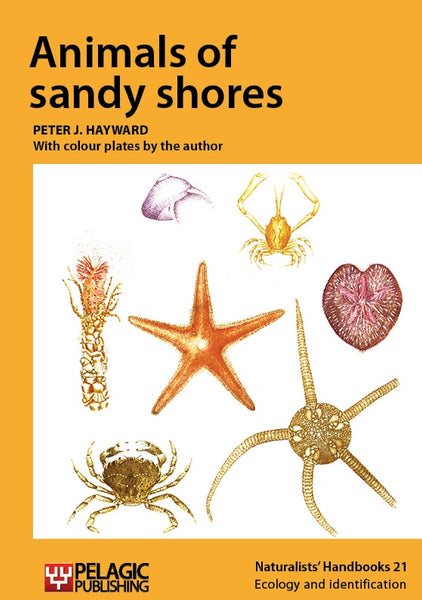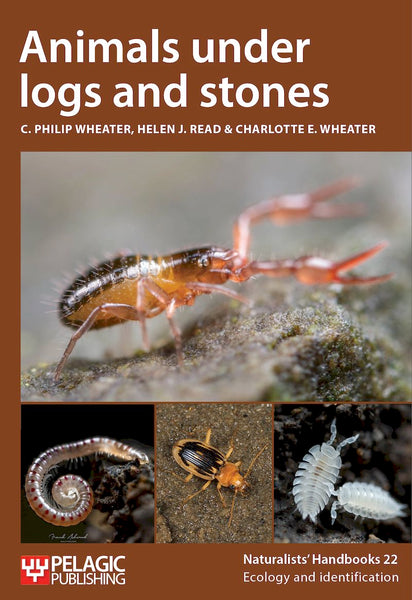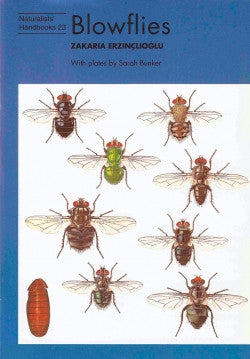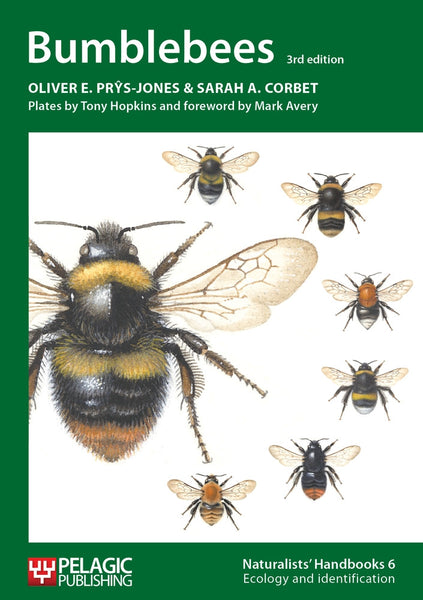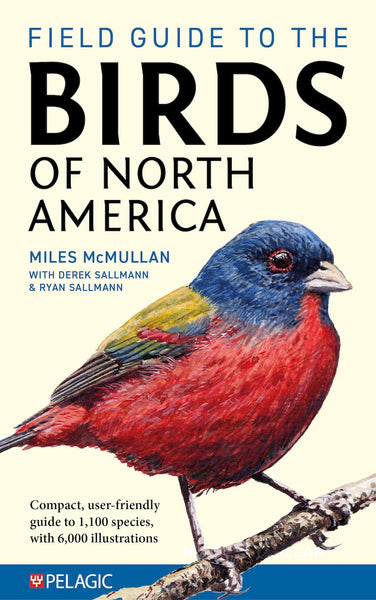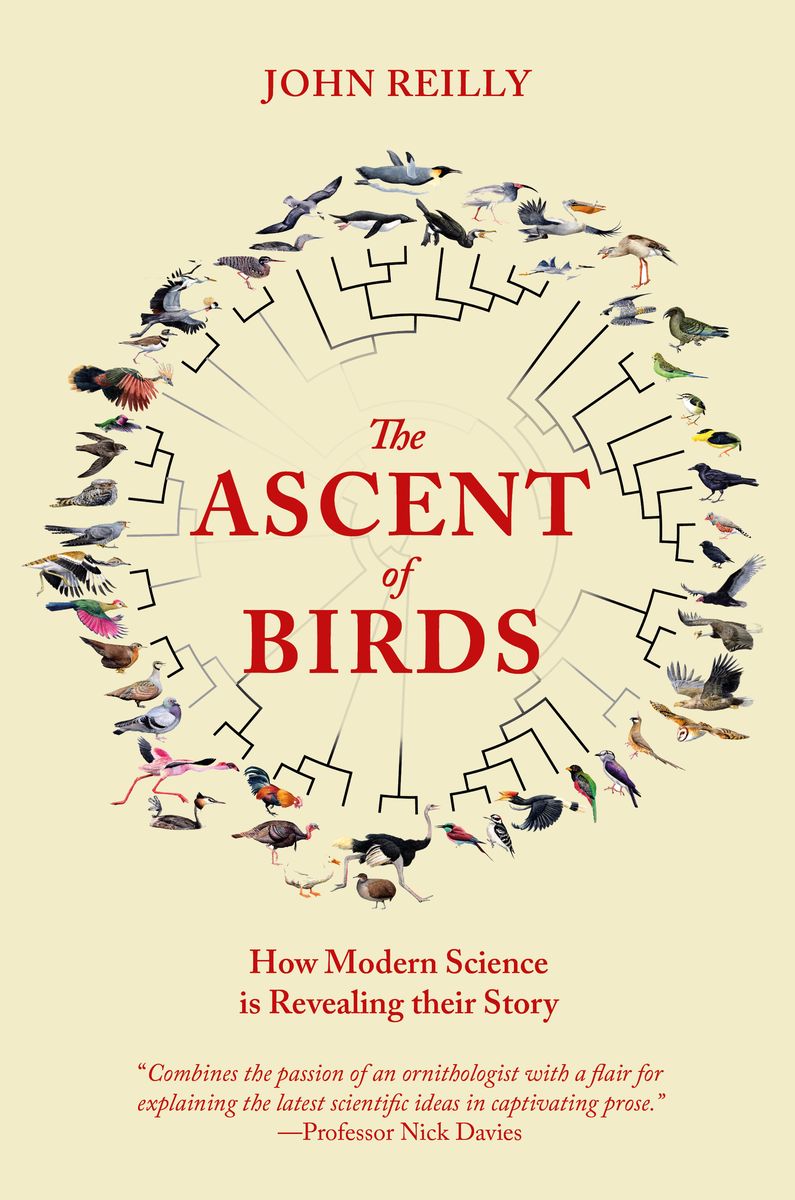
The Ascent of Birds
How Modern Science is Revealing their Story
- An overview of the latest scientific research on bird evolution and behaviour
- Delve deep into the evolutionary history of charismatic bird species, from the largest ratites to the smallest hummingbirds
- Illustrated with maps, diagrams and colour plates
- Combines the passion of an ornithologist with a flair for explaining the latest scientific ideas in captivating prose. A wonderful read. —Prof Nick Davies, Cambridge University
- biogeography
- birds
- ecology
- evolution
- natural history
- new
- ornithology
- taxonomy
Trailer Video
Description
When and where did the ancestors of modern birds evolve? What enabled them to survive the meteoric impact that wiped out the dinosaurs? How did these early birds spread across the globe and give rise to the 10,600-plus species we recognise today ― from the largest ratites to the smallest hummingbirds? Based on the latest scientific discoveries and enriched by personal observations, The Ascent of Birds sets out to answer these fundamental questions.
The Ascent of Birds is divided into self-contained chapters, or stories, that collectively encompass the evolution of modern birds from their origins in Gondwana, over 100 million years ago, to the present day. The stories are arranged in chronological order, from tinamous to tanagers, and describe the many dispersal and speciation events that underpin the world's 10,600-plus species. Although each chapter is spearheaded by a named bird and focuses on a specific evolutionary mechanism, the narrative will often explore the relevance of such events and processes to evolution in general.
The book starts with The Tinamou’s Story, which explains the presence of flightless birds in South America, Africa, and Australasia, and dispels the cherished role of continental drift as an explanation for their biogeography. It also introduces the concept of neoteny, an evolutionary trick that enabled dinosaurs to become birds and humans to conquer the planet.
The Vegavis's Story explores the evidence for a Cretaceous origin of modern birds and why they were able to survive the asteroid collision that saw the demise not only of dinosaurs but of up to three-quarters of all species.
The Duck's Story switches to sex: why have so few species retained the ancestral copulatory organ? Or, put another way, why do most birds exhibit the paradoxical phenomenon of penis loss, despite all species requiring internal fertilisation?
The Hoatzin's Story reveals unexpected oceanic rafting from Africa to South America: a stranger-than-fiction means of dispersal that is now thought to account for the presence of other South American vertebrates, including geckos and monkeys.
The latest theories underpinning speciation are also explored. The Manakin’s Story, for example, reveals how South America’s extraordinarily rich avifauna has been shaped by past geological, oceanographic and climatic changes, while The Storm-Petrel’s Story examines how species can evolve from an ancestral population despite inhabiting the same geographical area. The thorny issue of what constitutes a species is discussed in The Albatross's Story, while The Penguin’s Story explores the effects of environment on phenotype ― in the case of the Emperor penguin, the harshest on the planet.
Recent genomic advances have given scientists novel approaches to explore the distant past and have revealed many unexpected journeys, including the unique overland dispersal of an early suboscine from Asia to South America (The Sapayoa’s Story) and the blackbird's ancestral sweepstake dispersals across the Atlantic (The Thrush’s Story).
Additional vignettes update more familiar concepts that encourage speciation: sexual selection (The Bird-of-Paradise's Story); extended phenotypes (The Bowerbird's Story); hybridisation (The Sparrow's Story); and 'great speciators' (The White-eye's Story). Finally, the book explores the raft of recent publications that help explain the evolution of cognitive skills (The Crow's Story); plumage colouration (The Starling's Story); and birdsong (The Finch's Story)
Readership
A book for birdwatchers, ornithologists and anyone interested in evolution. If you’ve ever wanted to know more about how birds diversified and spread, or how a species or behaviour evolved, this is the book for you.
Table of Contents
Acknowledgements
List of Illustrations
Timeline
- Geological Ages
- Prologue: Evolution of an Idea
PART ONE: NON-PASSERINES
1. The Tinamou’s Story: Death of a Paradigm
2. The Vegavis’s Story: The Cradle of Modern Birds
3. The Waterfowl's Story: Refugia, High Living, and Sex
4. The Hoatzin's Story: An Improbable Voyage
5. The Penguin's Story: Phenotype and Environment
6. The Storm Petrel's Story: Sympatry versusAllopatry
7. The Albatross's Story: The Species Problem
8. The Godwit's Story:Quantum Compasses
9. The Buzzard's Story: Accidental Speciation
10. The Owl's Story: Nightlife
11. The Oilbird's Story: Evolutionary Distinctiveness
12. The Hummingbird's Story: A Route of Evanescence
13. The Parrot's Story: Vicariance and Dispersal
PART TWO: PASSERINES
14. The New Zealand Wren's Story: A Novel Foot
15. The Manakin's Story: Why so many Suboscines?
16. The Sapayoa's Story: Odd One Out
17. The Scrubbird's Story: Where Song Began
18. The Bowerbird's Story: Extended Phenotypes
19. The Crows' Story: Cognitive Skills
20. The Bird of Paradise's Story: Sexual Selection
21. The Starling's Story: Structural Colours
22. The Thrush's Story: Sweepstake Dispersals
23. The Sparrow's Story: Hybridisation and Speciation
24. The Zebra Finch's Story: Evolution of Birdsong
25. The Crossbill's Story: Adaptive Radiation and Coevolution
26. The White-eye's Story: Supertramps and Great Speciators
27. The Tanager's Story: A Final Flourish
Postscript: The Sixth Extinction
Appendix 1: Glossary
Dramatis Personae
Bibliography
Index
Reviews
- This book is for people with a passion for birds and a thirst for knowledge of where they came from, how they diversified and why they are not the same all over the world. The best of its kind, it is written as a series of exciting stories about each of the major groups of birds, with minimum jargon, maximum clarity, and in a warmly accessible style. —Peter R. Grant
- Combines the passion of an ornithologist with a flair for explaining the latest scientific ideas in captivating prose. A wonderful read. —Prof Nick Davies, Cambridge University
- A vivid account of some of the most interesting aspects of the evolution of modern birds, it shows the reader that current research in avian evolution covers far more topics than the well-popularised dinosaur bird transition. —Gerald Mayr, Senckenberg Research Institute
- ...this ranks among the best popular science books and provides a great guide to our current understanding of where, and how, birds evolved. —Rob Robinson, BTO News
- Every once in a while you stumble on a new natural history book that seems destined to be a classic. Is that a bold enough opening to convey how much I enjoyed The Ascent of Birds by John Reilly, new this spring from Pelagic Publishing? —Carrie Laben, 10000 Birds
- I don’t normally start reading a book and post a review before I’ve finished (or in the case of a few abandoned) reading it. I’m making an exception for this as its not just an important contribution to ornithology it really is a shining example of how a technical subject can be presented in an easily digestible way to the lay readership. This is very well written and makes the evolutionary process in birds easy to understand and compelling. The author’s own passions get shared and you quickly go along for the ride and lap up the facts presented to you. This one’s a keeper! —Fatbirder
- ...one of those publications that makes you realise how much you didn't know you didn't know. It is also tremendous fun to read, and would be a valuable addition to any keen birder's library. —Martin Collinson, British Birds
- I highly recommend it to more experienced birders and to all interested in birds and avian evolution as an entertaining and instructive resource. —Clifford Frith, Australian Field Ornithology
- A readable overview of avian evolution. —Ian Paulsen, Birdbooker
- This book will become a bible. A very clearly written one, at that. —Professor Ian Clark, Australian National University
- ....we finally have a good volume presenting the vast amount of modern work done on bird evolution to those interested. This is a notable achievement and has been well executed. —Darren Naish, Tetrapod Zoology
- While this book is a little daunting at first, covering as it does the entire evolutionary history of birds, the author does an excellent job of breaking the latest science down into understandable chunks, and I highly recommend it as an excellent synthesis of this amazing field of research. You won’t look at birds the same again. —Cyndi M. Smith, Canadian Field Naturalist
- The Ascent of Birds is a fascinating story of bird history, a collection of exciting and readable essays on the development of different bird types from ancient times to the present and the future. —Pertti Koskimies, Linnut
- We expect to find well‐read copies of this book in libraries near famous birding locations across the globe, from Pipeline Road to Kinabalu National Park. —Journal of Field Ornithology
- This is perhaps the most exciting book on bird evolution I have ever read. Far from a chronological follow-up of the main fossils of dinosaurs to date, the author has chosen to present 27 species or groups of species, chosen for their spectacular or very particular adaptations, and to show where they come from, how they have evolved and spread, diversified, or sometimes contracted, and therefore how complex specializations or astonishing distributions can be explained today. Some may use recent or unusual evolutions (sympatric speciation of two Azorean petrels) or may not be the result of as long a history as was thought (Hoatzin's claw), but all show to what point evolution takes various paths to achieve the extraordinary biodiversity of today. There are practically no illustrations (except for a central notebook of photos of the protagonists) and references are relegated to the end, but the style is so captivating that we do not notice it. For such a low price, it is an opportunity to learn to what extent the evolution of our birds over the ages is not simply a succession of morphological changes, but that ecology, biogeography, plate tectonics or sometimes chance may have played an important role. —Jean Marc Thiollay, Ornithos
About the Author
Professor John Reilly has been a keen birder all his life, visiting over fifty countries and observing nearly half the world's bird species. In the late 1970s, he led several pioneering bird and wildlife tours to the Arctic island of Spitsbergen. Since developing an interest in avian evolution, he has concentrated on tracking down and photographing species that have important evolutionary stories to tell, birds that provide the key characters for each of the book's chapters.
After graduating in biochemistry and then medicine, John worked as a consultant haematologist in Sheffield for 25 years. In addition to teaching, lecturing and clinical work, he led an active research programme into the causes and treatment of various blood cancers, authoring over 200 scientific articles in peer-reviewed journals.
John's medical and scientific career, and time spent as a bird guide, enable him to present complex scientific concepts to the non-specialist ―whether in the field of leukaemia or the evolution of birds.
In 2014, he retired from the NHS to concentrate on travelling and writing. This career change was encouraged by the success of his first book, Greetings from Spitsbergen: Tourists at the Eternal Ice (2009) published by Tapir Academic Press. In 2013 he established Svalbard Press, with the aim of publishing the histories of different countries as revealed by their early postcards. The first volume in the series, Spitsbergen's Early Postcards: an annotated catalogue, was published in 2014. Further volumes on Papua New Guinea and Greenland are in preparation.
Bibliographic Information
 340 pages
340 pages - 36 b/w figures
- 37 colour plates
- 1 table
- BISAC SCI070040, NAT043000, SCI027000, SCI070060
- BIC PSVW6, WNCB, PSAJ, PSVP, RGM






